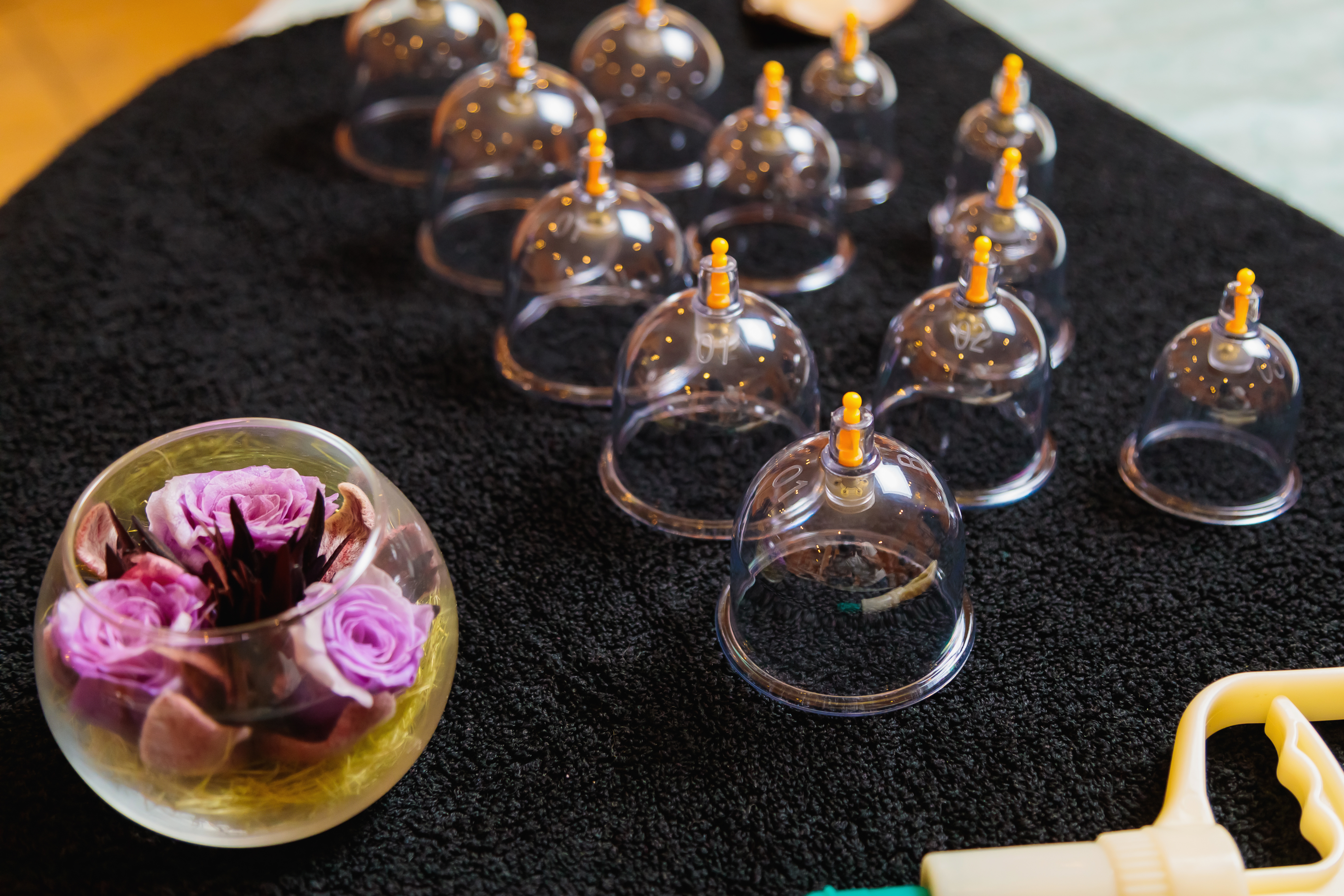
Therapr Team
Hijama, also known as cupping therapy, is an ancient medical practice that has been
used for centuries in traditional medicine systems, particularly in Middle Eastern and Asian
cultures. It involves applying cups to the skin to create suction, which is believed to stimulate
blood flow, remove toxins, and promote overall well-being. This article explores the effects of
hijama on blood circulation and cholesterol levels, shedding light on its potential health
benefits.
One of the primary benefits of hijama is its ability to enhance blood circulation. The suction
created by the cups draws blood to the surface of the skin, leading to increased
microcirculation in the treated areas. This process helps in oxygenating tissues, improving
cellular function, and accelerating the removal of metabolic waste products.
Additionally, hijama is thought to assist in the regulation of blood flow by reducing blood
stasis, a condition where blood stagnates in certain areas, leading to discomfort and
potential health issues. By stimulating circulation, hijama may contribute to reducing high
blood pressure and preventing clot formation, ultimately supporting cardiovascular health.
Emerging studies suggest that hijama may have a beneficial impact on lipid metabolism,
potentially reducing levels of low-density lipoprotein (LDL), commonly known as "bad"
cholesterol. The therapy is believed to stimulate detoxification by removing oxidized and
impure blood, which could contribute to better lipid balance.
Furthermore, hijama might enhance liver function, which plays a crucial role in cholesterol
regulation. By improving blood circulation and detoxification, the liver may become more
efficient at processing lipids, leading to a healthier lipid profile. However, while these effects
are promising, more scientific research is needed to fully understand the impact of hijama on
cholesterol levels.
Hijama therapy appears to offer significant benefits for blood circulation and may aid in
managing cholesterol levels. By enhancing microcirculation, reducing blood stagnation, and
potentially improving lipid metabolism, hijama holds promise as a complementary therapy for
cardiovascular health. Nonetheless, while anecdotal evidence and preliminary studies
support its effectiveness, further clinical research is necessary to confirm its long-term
impact. As with any alternative therapy, individuals should consult a healthcare professional
before incorporating hijama into their health regimen.
Author profile
Read more articles by Therapr Team.
Get the latest wellness insights delivered to your inbox.
Subscribe to Newsletter